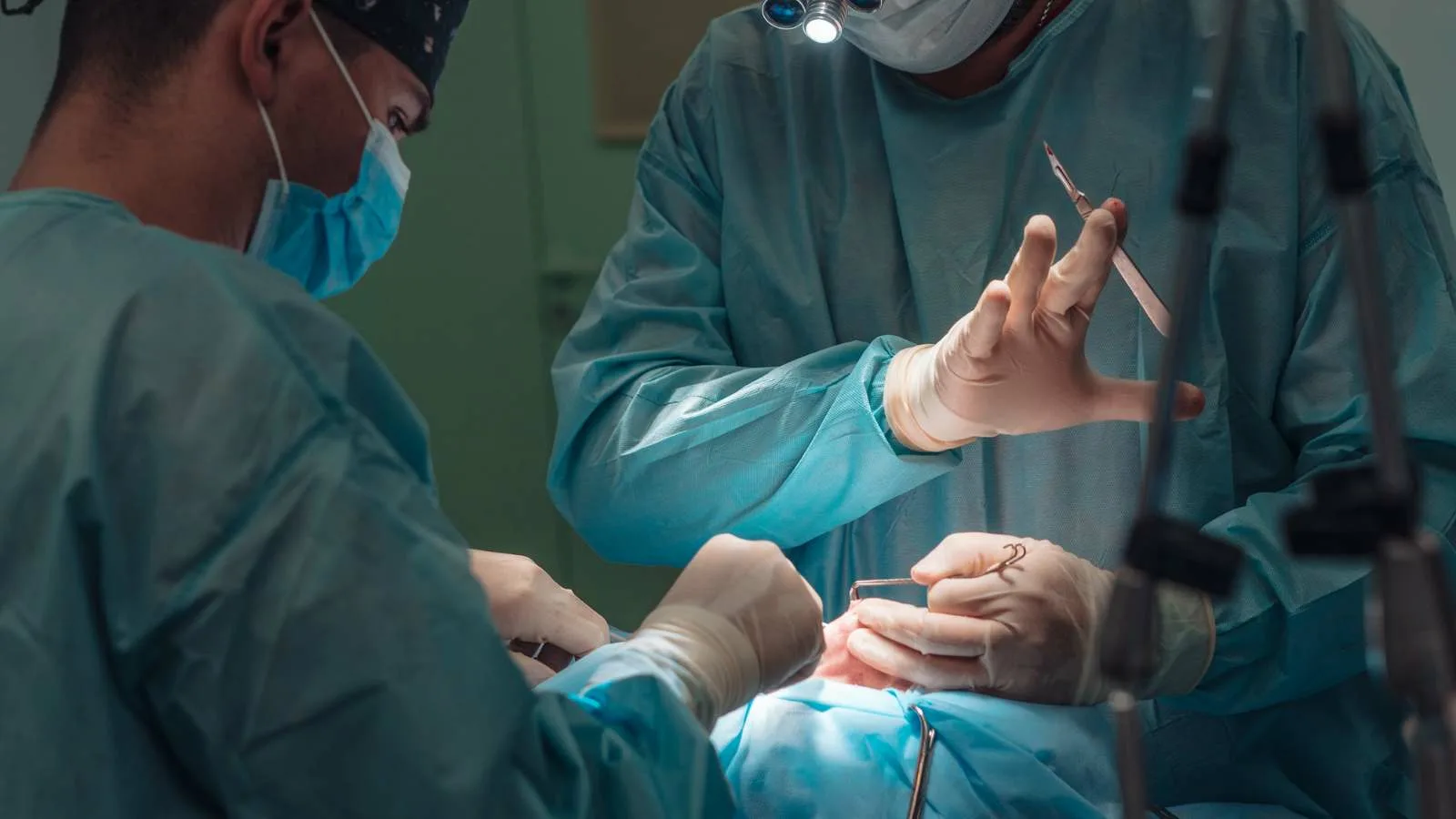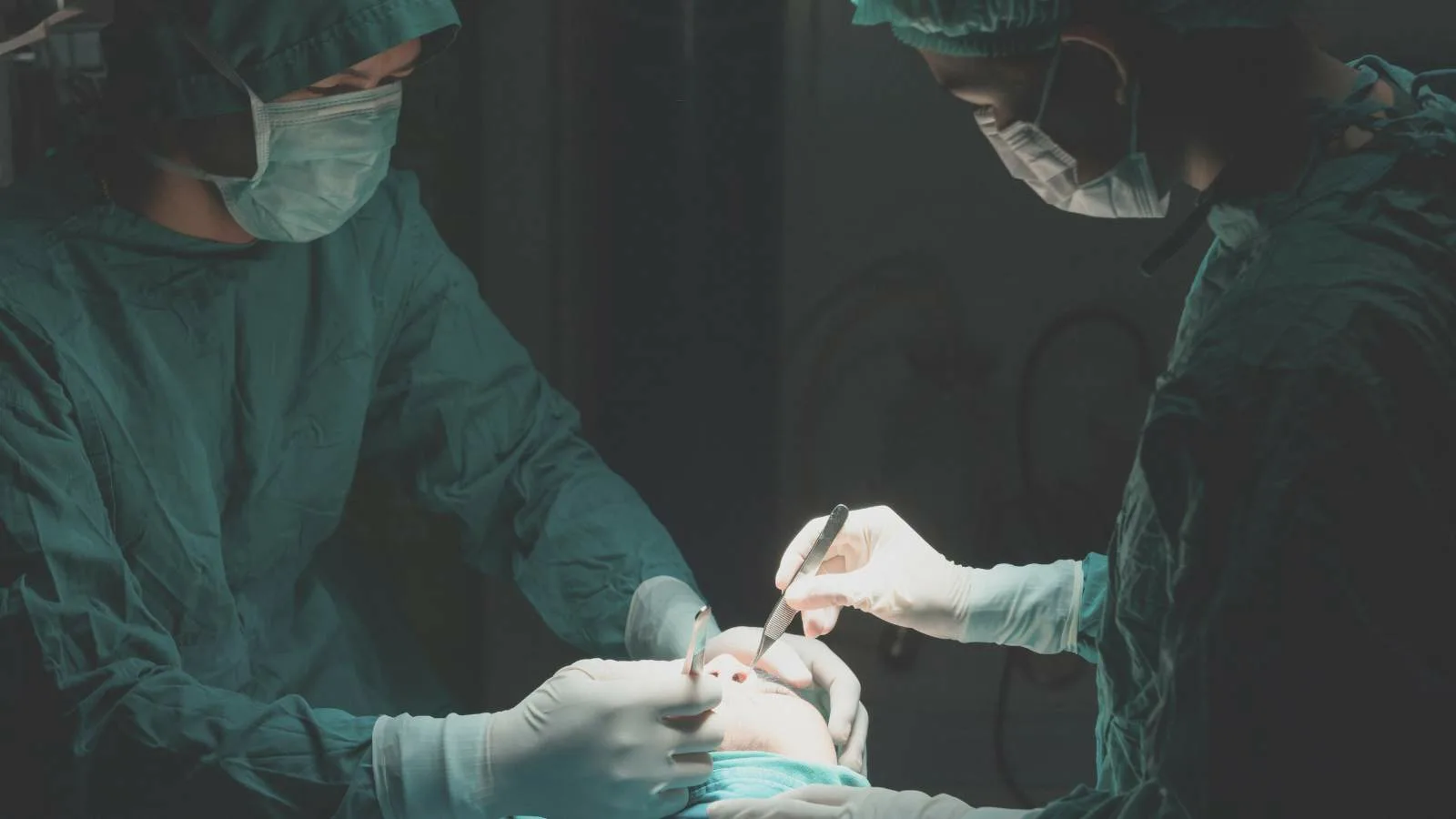Recovery after breast reduction surgery begins with swelling, bruising, and mild pain, which gradually improve with proper medical care. Patients usually resume light daily activities within a few days.
Postoperative instructions after breast reduction include wearing compression garments, keeping incisions clean, and limiting physical activity. Adherence to these guidelines ensures a smooth recovery.
Pain management following breast reduction is controlled with prescribed medication. Patients should avoid lifting heavy objects or sleeping on the chest until healing progresses.
Long-term outcomes of breast reduction surgery provide both functional and aesthetic benefits. Improved posture, reduced back pain, and enhanced breast contour significantly increase patient satisfaction.
How Will the First Week After Surgery (Days 1-7) Go?
Immediately after surgery it is perfectly normal to feel tired, slightly groggy, or even mildly nauseous. You may have pain, but this will be controlled with the pain medication prescribed by your doctor. Swelling and bruising are among the most noticeable issues in these first days and will subside over time. Your breasts may be covered with dressings and a special surgical bra, and sometimes small tubes called drains are placed to remove accumulated fluid.
Moving around may be difficult at first; you may need help with simple tasks such as going to the bathroom or bathing (if your surgeon allows it). Rest is crucial at this stage, yet short walks around the house help stimulate blood flow and lower clot risk. When lying down, sleep on your back with your head slightly elevated. Keep activities to a minimum.
From the fourth day onward you should notice pain gradually decreasing. Continue taking painkillers as needed—do not wait for pain to intensify. A light oozing from the incision sites is normal. Keep up short walks. Follow your surgeon’s instructions for showering; it is usually allowed about 48 hours after surgery or once drains are removed. Most patients switch to milder pain relievers—or stop them entirely—by the end of the first week. If you have a desk job, you might consider returning to work toward the end of this week. Overall, the priorities of this first week are rest and slow, careful movement.
What Should I Expect in the Second Week (Days 8-14)?
You may still feel somewhat tired, which is normal. Pain should now be greatly reduced, though slight discomfort can persist. Swelling visibly decreases, but bruises may linger. As incisions heal, itching is common.
Continue resting, but you can lengthen the duration or frequency of your short walks. Absolutely avoid heavy lifting and strenuous movements. Follow-up appointments often fall in this period; dressings and any drains are removed and your sutures may be taken out. Silicone-based gels or sheets for scar care are typically started now. Keep wearing your supportive bra.
How Do Life and Healing Progress in Weeks 3 and 4 (Days 15-28)?
You should gradually feel your energy return. Light discomfort with some movements may remain, but overall you will feel better. Swelling and bruising largely disappear. Incisions can look pink or brownish and feel slightly firm to the touch.
You can resume most normal daily activities. If your work is not physically demanding you may go back. Still avoid heavy lifting and exercises that engage the chest muscles. Always consult your surgeon before beginning light sports activities in this period. Continue wearing a soft, non-underwired bra and maintaining scar care. Eating a balanced diet supports healing. After about a month you can be measured for new bras.
What Happens in Weeks 5 and 6 (Days 29-42)?
Your energy should be almost fully restored; most early pain is gone. You can comfortably do all routine daily tasks. With your surgeon’s approval you can generally begin more strenuous workouts such as running or weight training in these weeks. You will notice greater strength in the chest area. Sleeping on your side or front should feel more comfortable. Heavy-lifting restrictions usually end around week 6.
If dissolvable stitches were used, they are largely gone by now. Your surgeon may allow underwired bras or soaking baths. Continue scar care. Discuss sexual activity with your surgeon; it is typically allowed in this period provided you feel comfortable and avoid pressure on the breasts—but follow your doctor’s advice.
How Does Long-Term Healing Continue After Six Weeks?
Full recovery actually spans months. Remaining swelling and edema keep subsiding for three to six months, sometimes up to a year. Scars mature: their color fades, they flatten, and they become less noticeable, a process that can take a year or more. The breasts also reach their final shape between six months and a year. Numbness or other sensory changes improve gradually over time.
How Should Wound Care Be Done? Why Are Dressings and the Surgical Bra Important?
Proper postoperative wound care is vital to prevent infection and achieve the best result.
- Incision Care: Follow your surgeon’s instructions. Keep incisions clean and inspect daily for redness or discharge. Wash gently with lukewarm water while showering, then pat dry—do not rub. Unless your doctor directs otherwise, avoid hydrogen peroxide or alcohol. If Steri-Strip tapes are present, leave them until they fall off or your doctor removes them. Antibiotic ointments may sometimes be prescribed. Itching at the incision sites is normal—try not to scratch.
- Dressings: After surgery your incisions are covered with gauze and supported by a surgical bra. Change dressings as instructed if they become soiled or wet. Light oozing is normal in the first week.
- Drains (If Any): Drains remove excess fluid. Your doctor will show you how to care for them; they are usually removed within the first week.
- Showering and Bathing: Wait for your surgeon’s approval. This is usually 48 hours after surgery or once drains are out. Do not aim high-pressure water directly at incisions. Pat dry gently. Soaking in a tub, hot tub, or swimming should wait until incisions have fully healed (about 4-6 weeks).
- Surgical Bra: This special garment helps reduce swelling, supports the breasts, and aids healing. You will need to wear it day and night for the period your surgeon specifies (often several weeks, sometimes 4-6 weeks or longer). Avoid underwired bras until at least one month post-op or until your doctor gives clearance.
How Do Scars Change Over Time, and Can Their Appearance Be Improved?
Yes, breast-reduction surgery leaves scars, but they fade over time. Scar patterns depend on the technique used; typically there is one around the areola, a vertical line downward, and a horizontal line in the breast crease (an inverted-T or anchor pattern). Sometimes only the vertical scar (a “lollipop” pattern) remains.
Initially scars are red or pink and slightly raised. They flatten and lighten over time, blending more with surrounding skin—a process that can take one to two years. Final appearance depends on genetics, skin type, postoperative care, and whether you smoke. Protecting scars from the sun prevents darkening. Silicone gels or sheets recommended by your surgeon help improve scar appearance.
What Risks and Warning Signs Can Occur After Surgery?
As with any operation, breast reduction carries risks. General surgical risks include bleeding, infection, anesthesia issues, and, rarely, blood clots. Breast-specific risks include:
- Excessive swelling and bruising
- More pronounced or raised scars than expected
- Loss of sensation or oversensitivity in the nipple and skin (usually temporary)
- Asymmetry between the breasts
- Delayed wound healing or wound breakdown
- Fat necrosis (firm areas in breast tissue)
- Seroma (fluid accumulation)
- Nipple tissue loss (rare)
- Reduced ability to breast-feed or inability to do so
- Dissatisfaction with the result
Obesity, smoking, and uncontrolled diabetes increase risk. It is crucial to stop smoking at least six weeks before and after surgery. Contact your surgeon immediately if you notice fever, excessive redness at the incisions, foul-smelling discharge, sudden severe pain, or marked swelling—these top the list of warning signs.
Will There Be Sensation Changes in the Nipple and Breast Tissue?
Yes, changes in nipple and breast sensation are quite common after surgery because nerves may be affected. Numbness is most frequent, but oversensitivity, itching, or tingling can also occur.
Most of these changes are temporary; sensation usually returns gradually over weeks or months, though numbness can take up to six months—or longer—to resolve. Rarely, particularly after very large reductions, sensation loss can be permanent. Discuss these potential changes thoroughly with your surgeon before surgery.

Op. Dr. Erman Ak is an internationally experienced specialist known for facial, breast, and body contouring surgeries in the field of aesthetic surgery. With his natural result–oriented surgical philosophy, modern techniques, and artistic vision, he is among the leading names in aesthetic surgery in Türkiye. A graduate of Hacettepe University Faculty of Medicine, Dr. Ak completed his residency at the Istanbul University Çapa Faculty of Medicine, Department of Plastic, Reconstructive and Aesthetic Surgery.
During his training, he received advanced microsurgery education from Prof. Dr. Fu Chan Wei at the Taiwan Chang Gung Memorial Hospital and was awarded the European Aesthetic Plastic Surgery Qualification by the European Board of Plastic Surgery (EBOPRAS). He also conducted advanced studies on facial and breast aesthetics as an ISAPS fellow at the Villa Bella Clinic (Italy) with Prof. Dr. Giovanni and Chiara Botti.
Op. Dr. Erman Ak approaches aesthetic surgery as a personalized art, tailoring each patient’s treatment according to facial proportions, skin structure, and natural aesthetic harmony. His expertise includes deep-plane face and neck lift, lip lift, buccal fat removal (bichectomy), breast augmentation and lifting, abdominoplasty, liposuction, BBL, and mommy makeover. He currently provides safe, natural, and holistic aesthetic treatments using modern techniques in his private clinic in Istanbul.









